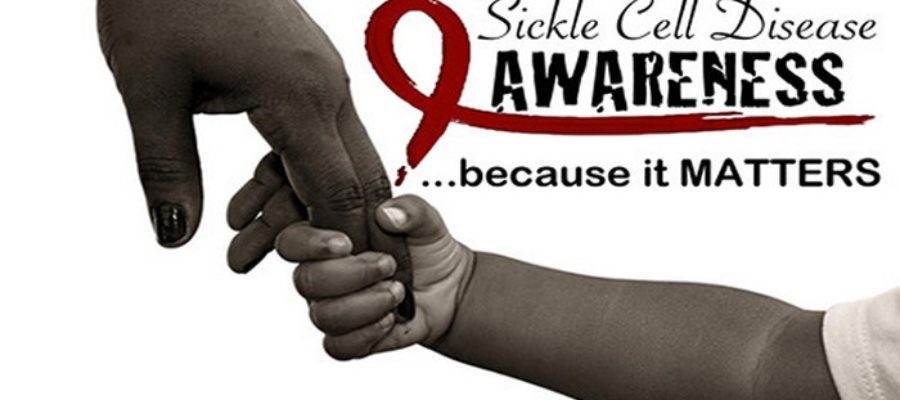September is here, and Fall is near. September is Sickle Cell Awareness Month. What is sickle cell disease? It’s a genetic blood disorder in which red blood cells aren’t round like they normally should, but in stead crescent shaped. Because of this, oxygen isn’t transported properly throughout the body. Consequently, the crescent (sickled) shape red blood cells begin to cause complications like pain, anemia, brittle bones leading to osteoporosis and vascular necrosis (sometimes requiring hip replacements), infections, pneumonia, priapism (prolonged erection without any sexual stimulation), jaundice (yellow eyes), and even stroke.

I’ve provided care for patients with the disease throughout my career with all the complications I mentioned. What did they look like? Male and female, but mostly female. Their ages ranged from teenage up to 55 years old. In nursing school, I learned that many didn’t live to see 40, so I was in awe to see two women in their 50s. Contrary to popular belief, this is not a disease that only impacts Blacks. Hispanics are also impacted. While the majority of my patients were Black, there was a non-Black person from the Mediterranean that I took care of. There you have it. I’ve seen it for myself.
Treatment
A commonality that sickle cell warriors share is excruciating pain during a crisis. Treating the pain consists of:
- Intravenous pain medication (peripherally or centrally with a Port-A-Cath)
- Opiod pills
- NSAIDs (non-steroidal anti-inflammatory drugs like Ibuprofen)
- Antidepressants
- Continuous intravenous fluids
- Encouraging drinking fluids
- Blood transfusions
- Heat application
- Distraction
- Bone marrow transplant/Stem cell transplant
Pain
A sickle cell crisis is excruiating pain. Sometimes accompanied with a fever. Common pain areas are: back, chest, and legs. Their pain can be brought on by change of weather, stress, change of altitude, and infection.
WHO (World Health Organization) defines pain as whatever the person says it is. That is true, but it can be kind of tricky when basing pain on observation. It’s a given if you see someone crying, and rocking back and forth they must be in pain. Could someone who is calm, watching TV, or on the phone laughing really be in pain? The answer is yes! Perhaps it’s a distraction for them. The pain may occur in intervals. It may last for a few minutes, subside, and return moments later. Similar to some pain you probably have on occasions.
Overall, it breaks my heart to see someone suffer during a sickle cell crisis. If you don’t have sickle cell it’s something to be thankful for. Being hospitalized is no fun for them. Quite often they are accused of “drug seeking”. While being thankful, support those who do have it. Here’s how: blood donation, hospital visits, fundraisers, community walks, and health advocacy groups.

In 2018 there was a campaign called Bold Lips for Sickle Cell. During the month of September women were encouraged to wear bold colored lipstick like the melanin beauties in the pics below to promote sickle cell awareness. And you can see me rocking my bold lips in the walk for Sickle Cell Awareness held at Park Circle, North Charleston, SC in the last photo.
To learn more about sickle cell here are a couple links:
Centers for Disease Control http://www.cdc.gov/ncbddd/sicklecell
Medline Plus https://medlineplus.gov/sicklecelldisease.html

